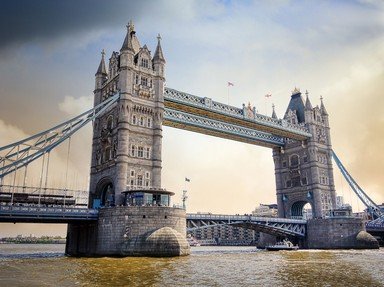
Sizing up the UK's National Parks Quiz
There are fourteen official National Parks recognised in the UK, set up between 1951 and 2009. Ten of them are named in this quiz and your task is to put them in order, starting with the largest and ending with the smallest. Hints are included.
An ordering quiz
by rossian.
Estimated time: 3 mins.
- Home
- »
- Quizzes
- »
- Geography Trivia
- »
- Europe
- »
- United Kingdom